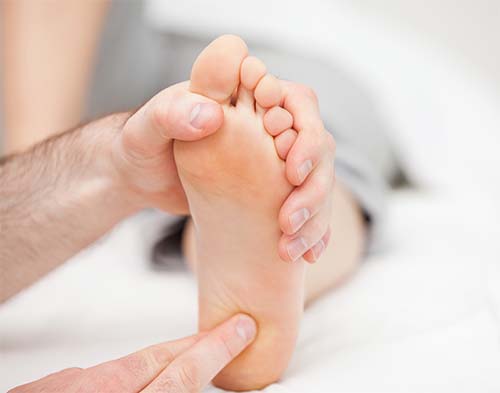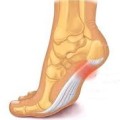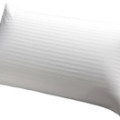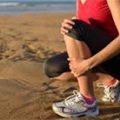Does your child complain of heel or foot pain? Does your child walk on his/her toes? These are common symptoms of sever’s disease, or calcaneal apophysitis. Don’t worry, it’s not a disease as we think of it, but rather a growing pain and is quite common in adolescents. The good news is it is easily treated conservatively and has no long term effects.
What Causes Sever’s Disease
Sever’s Disease is more common in boys and affects boys and girls during growth spurts. Boys typically undergo growth spurts between the ages of 10-15 and girls between 8-13. During growth spurts, children’s bones grow faster than their muscles and tendons. (Actually the heel is one of the first bones to reach adult size.) When the muscles and tendons of the heel cord (Achilles tendon) grow at the slower rate, they are stretched tightly. This puts a lot of stress on the growth plate. If your child plays sports that involve a lot of running or jumping it puts extra strain on the overstretched tendon causing pain, tenderness, and swelling. Ill fitting shoes and standing too long also place your child at risk.
Any child is susceptible to Sever’s Disease, yet there are some conditions that increase your child’s likelihood of developing this painful condition:
- Pronated Feet: Pronation is a normal movement that occurs with each step where the arch is flattened and the foot rolls inward, also called eversion. If there is too much pronation though it causes tightness and twisting of the Achilles tendon.
- Leg Length Discrepancy: This is actually very common in the population and the average is less than 1.1 cm, yet if a larger discrepancy exists the shorter limb has to pronate to reach the floor putting more tension on the Achilles tendon.
- Overweight/Obesity: Extra weight puts extra stress on the growth plate.
- Flat feet or high arches: both affect the angle of the heel within the foot placing more tension on the Achilles tendon
Symptoms of Sever’s Disease
Symptoms can include:
- pain, swelling, or redness in one of both of the Achilles tendons
- tenderness and tightness in the Achilles tendon that increases when squeezed
- trouble walking
- heel pain that increases with running and jumping especially when wearing cleats and decreases with rest
- walking or running with a limp
- walking on toes
Diagnosis of Sever’s Disease
Luckily sever’s disease is simply diagnosed with symptoms along with report of activity level. The doctor of physical therapy may perform a squeeze test where both sides of the heel are squeezed simultaneously to see if it causes pain. Sever’s disease will not show up on x-ray, yet it can help rule out other diagnosis such as fractures.
Treatment of Sever’s Disease
Luckily effective treatment is conservative and the symptoms typically go away between 2 weeks and 2 months. The sooner the disease is addressed, the quicker the recovery is.
In the acute stages the immediate goal is pain relief:
- Rest: it is important that your child rest the inflamed heel cord
- NSAIDs (non-steroidal anti-inflammatories) and ice packs can reduce pain and swelling. Note: Children should not be given aspirin for pain due to the risk of a very serious illness called Reye syndrome.
- Arch supports: these can help reduce stress on the heel. This is especially important if your child has flat feet or high arches.
Once the pain has subsided you can add the following treatments. You can seek the advice of a physical therapist to assist at this point.
- Stretching of the heel cord: it is important to stretch properly without adding increased strain causing more inflammation.
- Strengthening of the leg muscles and calf muscles to correct for any weakness
- Kinesiotaping may help to reduce the strain on the tendon when returning to sport
If the condition is severe, your doctor may suggest casting for 2-12 weeks to keep the heel cord stretched and force rest. Once your child’s growth spurt ends Sever’s disease will not return. If your child has not finished growing though it is important to follow the following guidelines to prevent recurrence.
- Proper shoe wear: Make sure your child wears good fitting shoes with shock absorbent soles to decease pressure on the heels and avoiding high heels
- Stretching: Make sure your child stretches his/her Achilles tendon at least 2 times per day, especially before and after playing sports
- Weight: If your child is overweight, help him/her to lose weight to decrease the strain on the heel cord
- Supports: If your child has high arches or flat feet make sure your child has arch supporting insoles
Conclusion
Sever’s Disease is a common issue causing heel and foot pain in children during growth spurts. It can cause significant pain and difficulty walking, but is easily cured with conservative treatment.





